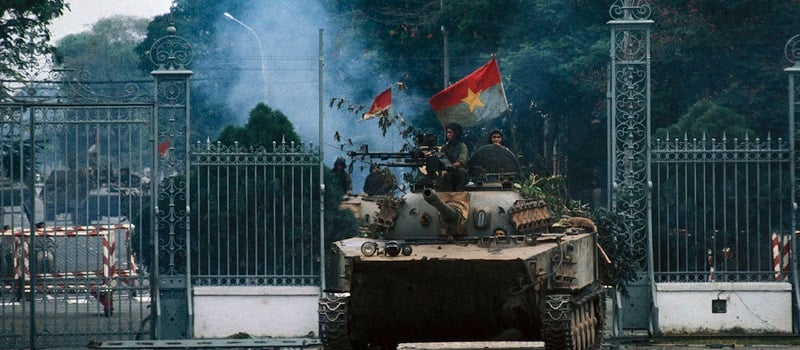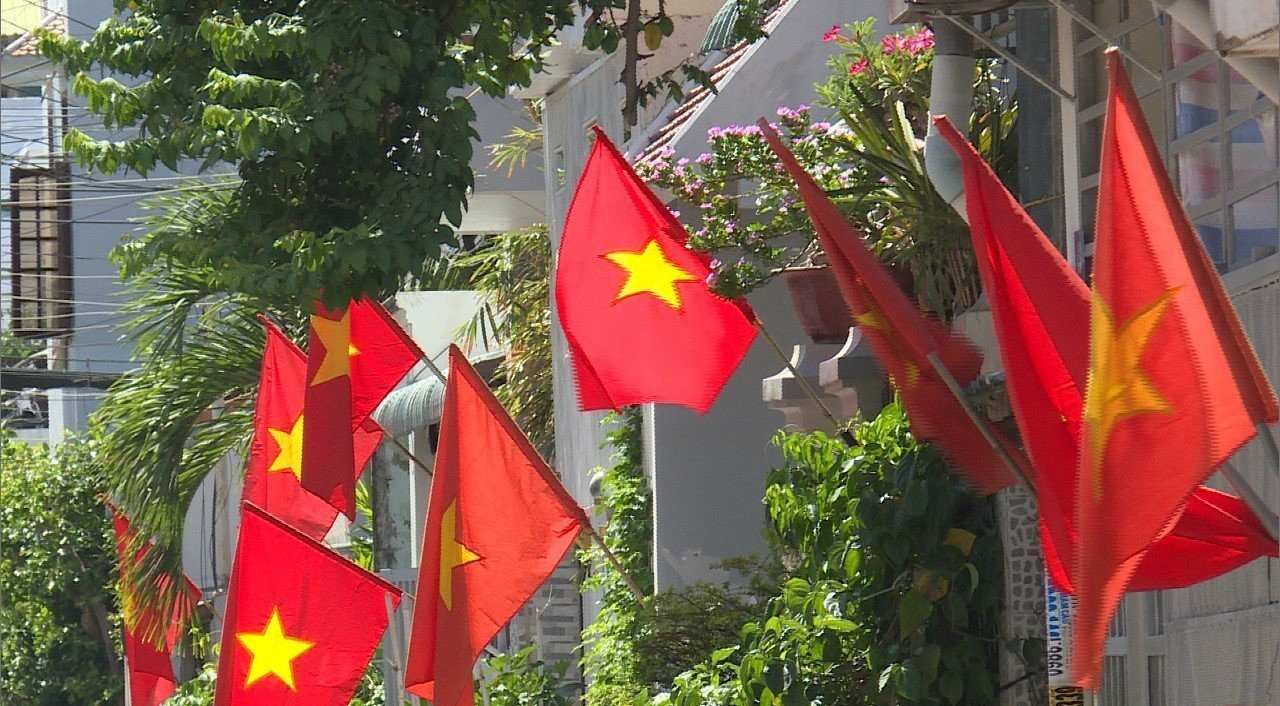Vietnamese Reunification Day is held annually on April 30, marking the liberation of South Vietnam and the unification of Vietnam. This momentous day holds immense historical significance for the Vietnamese people. A Vietnam travel during this time allows tourists to witness the fervor of the Vietnamese people celebrating their holiday.
International Workers’ Day, also known as Labour Day in most countries and often referred to as May Day, is a celebration of laborers and the working classes which is promoted by the international labor movement. In Vietnam, we rejoice with international friends to celebrate the workforce and feel enheartened to work harder for our national growth.
1. When is Reunification Day in Vietnam?
Vietnamese Reunification Day is celebrated as a public holiday on April 30 every year.
It is noteworthy that if April 30 falls on the weekend, Vietnam will observe the holiday on the following weekday.
Ho Chi Minh City during Vietnamese Reunification Day
2. The history and significance of Vietnamese reunification day
- History
From late 1974 to early 1975, following victories in the Tay Nguyen and Hue-Da Nang campaigns, the Vietnamese Politburo made a decision to launch the Ho Chi Minh Campaign to liberate the South. Before Saigon, the Vietnamese army made an attack on Xuan Loc and Phan Rang, which were the main defensive lines protecting Saigon from the east.
On April 26, the Vietnamese army began to take the offensive and successfully advanced into the heart of Saigon. At 10:45 AM on April 30, Vietnamese tanks and infantry entered the Independence Palace. Duong Van Minh, who had just been elected as the president of South Vietnam on April 28, was forced to surrender unconditionally.
By 11:30 AM on the same day, the Vietnamese flag was raised over the Independence Palace, signifying the success of the historic Ho Chi Minh Campaign.

A Vietnamese tank smashed through the gate of the Independence Palace
Significance
Vietnamese Reunification Day is a memorable milestone in the history of Vietnam's national liberation. The success of the Ho Chi Minh Campaign demonstrated the resilience of the Vietnamese people.
This marked the end of the 30-year fight for independence, unity, and liberation of Vietnam. For the first time in history, an economically-underdeveloped colonial country defeated an imperial nation.
The day of 30/4 in Vietnam also inspired and encouraged people in other colonial countries to fight against imperialism worldwide.
3. How do people celebrate Vietnam’s Reunification Day?
Vietnamese Reunification Day is celebrated throughout the country with great enthusiasm and fervor, as it holds great cultural and historical significance for the Vietnamese people. On this occasion, both domestic and international offices are closed. All business activities in the city are temporarily suspended.
Vietnamese Reunification Day is marked by musical performances, mostly by historical songs that aim to remind the people of the past victories, of the resilience and perseverance of Vietnamese forces. On this day, the Vietnam flag is flown in front of every home, while the city streets are adorned with red banners and flags.

Related reading
- Vietnam Evisa And Visa On Arrival
- Visa Run Việt Nam
- Gia hạn visa Việt Nam
- Dịch vụ Giấy phép Lao động Việt Nam
- Hợp pháp hóa lãnh sự Việt Nam
- Thẻ Tạm Trú Việt Nam
Or kindly read our FAQs, live Questions, or our General Vietnam Visa Information.









